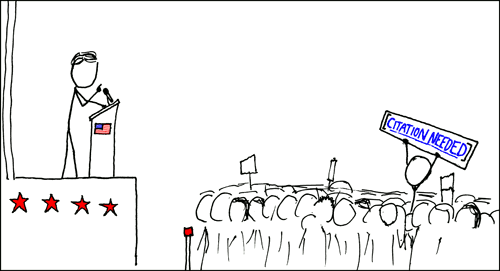GUEST POST: The Overlooked Factor in Investment Success: Talent, Culture, and Strategy Alignment

When assessing an investment opportunity, traditional due diligence focuses on market potential, financial performance, and risk-adjusted returns. However, one critical factor is often overlooked: the alignment of leadership capabilities, with corporate strategy, talent, and culture. Companies that integrate human capital considerations into their strategic planning create lasting value—and those that neglect it often fall short.
Leadership’s Direct Impact on Investment Opportunity
A well-defined business strategy is not enough; investors need to understand how leadership and workforce dynamics will enable or hinder execution. Capital allocation decisions should integrate a comprehensive assessment of both financial and human capital risks.
Companies who have built resilient, high-performing teams drive strategy execution and value creation. Investors who take these factors into account will not only enhance risk mitigation but also position themselves for superior returns.
For those seeking capital or making investment decisions, the takeaway is clear: sustainable growth and competitive advantage are not just about numbers—they are about people.
A Strategic Approach to Human Capital in Investment Decisions
For investors evaluating potential opportunities, incorporating leadership and workforce health assessments into the due diligence process is crucial as well as a clear understanding of the team’s impact on the business results. Consider these key factors:
- Talent Strength: Does the company have the right people in place to execute its strategic vision?
- Cultural Health: Is there an alignment between leadership, workforce, and corporate objectives?
- Leadership Succession and Development: Is there a pipeline for future leadership, or is the organization at risk of stagnation?
- Employee Engagement and Retention: Does the company have a track record of attracting and retaining top talent?
- Employee Line of Sight to Drive Results: How strong are the leaders and frontline employees at execution and knowing the customer?
Case Study: When Talent Strategy Drives Market Success
One notable example underscores the importance of aligning strategy with team capability. At Nabisco, a previous leadership team focused exclusively on cost-cutting and operational efficiencies to boost short-term financial performance. However, they neglected the impact on talent, leading to knowledge loss, disengagement, and declining market position. Recognizing this gap, Nabisco restructured incentive programs, reinvested in leadership development, and re-established a culture of accountability and trust. The result? Increased employee engagement, stronger customer relationships, and ultimately, a more competitive company that drove higher valuations in the purchase price.
For more information on how Prossimo Global Partners can help your company or portfolio company – please contact:
Mark Servodidio
Co-Founder and CEO
Prossimo Global Partners
mobile: +1 973 715 6127




